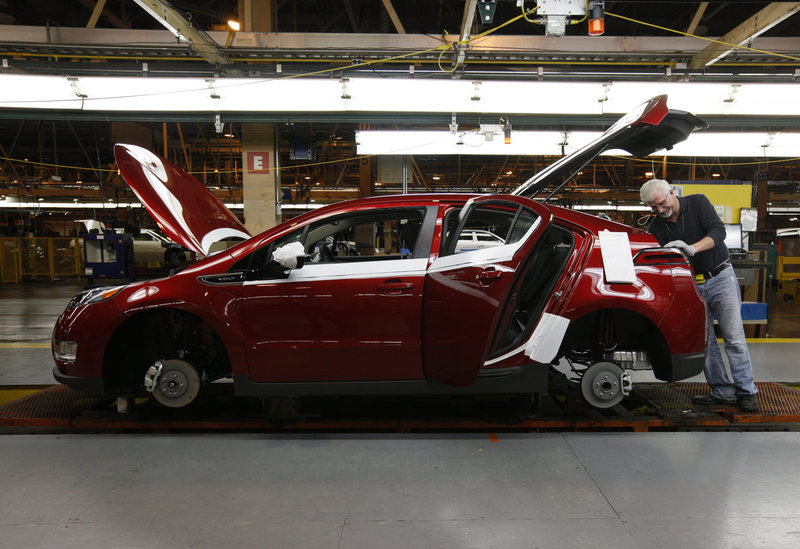WASHINGTON – The Obama administration and major auto manufacturers have reached a deal to raise fuel efficiency standards for cars and light trucks between 2017 and 2025, resolving a contentious negotiation over how to cut vehicles’ greenhouse gas emissions.
The agreement would require U.S. vehicle fleets to average 54.5 miles per gallon or 163 grams per mile of carbon dioxide equivalent by 2025, which represents a 50 percent cut in greenhouse gases and a 40 percent reduction in fuel consumption compared with today’s vehicles, according to sources briefed on the matter.
While the proposal falls short of the 62-mpg standard that environmental and public health groups had lobbied for, it represents a significant step in federal curbs on tailpipe pollution.
It would require a 5 percent annual improvement rate for cars between 2017 and 2025. Light trucks would be required to have a 3.5 percent yearly efficiency improvement between 2017 and 2021, rising to 5 percent between 2022 and 2025, according to the sources, who asked not to be named because the details have not been announced publicly.
The compromise would build upon a landmark accord President Barack Obama forged in 2009 with automakers, environmentalists, unions and California officials, who are allowed to set their own vehicle emission standards under the Clean Air Act. California was the first state to regulate greenhouse gas emissions from cars and light trucks.
More than a dozen states have since adopted those restrictions, sparking a legal battle between U.S. automakers and California.
The White House press office issued a statement Wednesday saying the president would unveil the details of the program Friday.
“This program, which builds on the historic agreement achieved by this administration for Model Years 2012-2016, will result in significant cost savings for consumers at the pump, dramatically reduce oil consumption, cut pollution and create jobs,” the statement said.
That first-ever national program for vehicle greenhouse gas emissions mandated that by 2016 cars and light trucks must average 31.4 mpg and 250 grams per mile of carbon dioxide equivalent.
In 2010, the U.S. car and light-truck fleet averaged 28.3 mpg and 314 grams per mile.
But the battle over the second round of standards was hard fought, with auto manufacturers maintaining that it was hard to predict what fuel efficiency gains would be possible more than a decade from now.
Send questions/comments to the editors.



Success. Please wait for the page to reload. If the page does not reload within 5 seconds, please refresh the page.
Enter your email and password to access comments.
Hi, to comment on stories you must . This profile is in addition to your subscription and website login.
Already have a commenting profile? .
Invalid username/password.
Please check your email to confirm and complete your registration.
Only subscribers are eligible to post comments. Please subscribe or login first for digital access. Here’s why.
Use the form below to reset your password. When you've submitted your account email, we will send an email with a reset code.